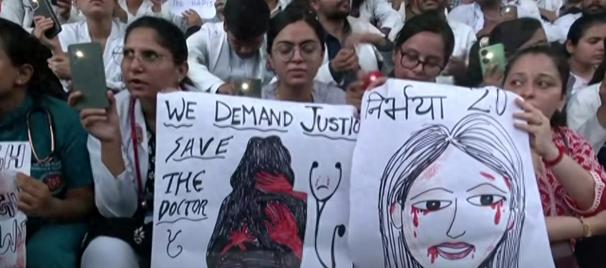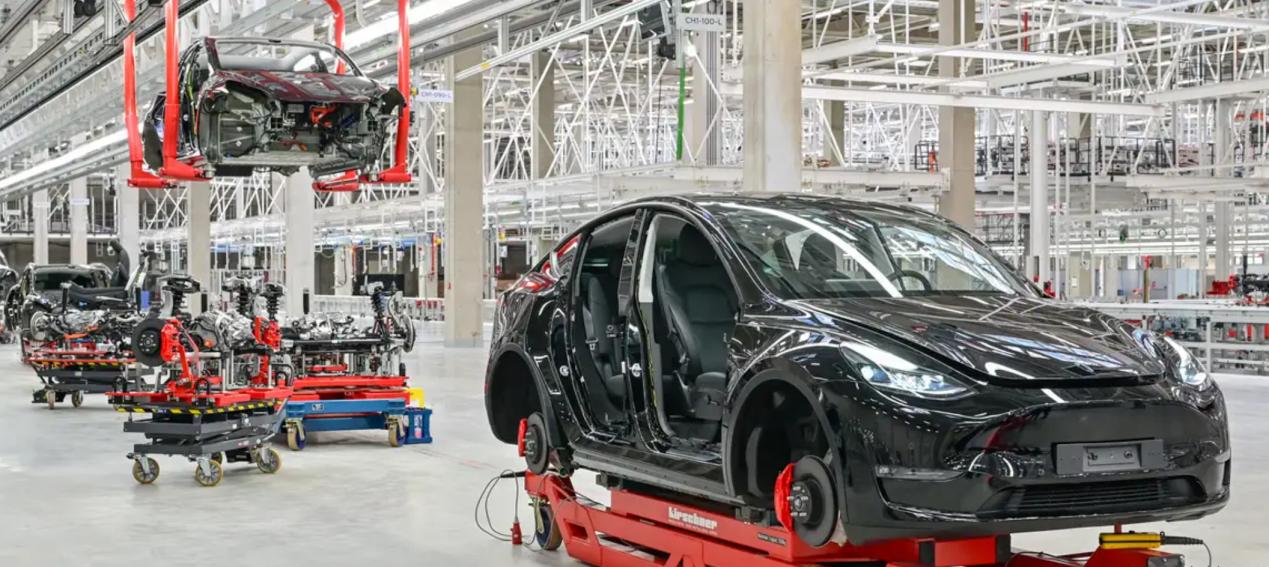
In recent years, mass protests by doctors in India have attracted wide attention. This phenomenon is not only a problem within the medical industry, but also reflects the deep-seated contradictions in Indian society, involving political, economic, social and cultural aspects.
First of all, the unequal distribution of medical resources in India is one of the important reasons for doctors' protests. India is a country with a large population, but its medical resources are relatively scarce and highly uneven. Medical institutions in big cities have advanced equipment and highly qualified medical personnel, while medical conditions in rural and remote areas are extremely poor. This makes it difficult for the masses to access basic medical services, and doctors are unhappy about the unfair distribution of resources. They are not only protesting their own working conditions and treatment, but also calling for the improvement of the distribution pattern of medical resources in the whole society, so as to achieve equity and accessibility of medical services.
Second, uneven economic development is also a key factor. India's economy has enjoyed some growth in recent years, but that growth has not spread evenly across the population. The widening gap between the rich and the poor has led to an intensified division of social classes. On the one hand, the wealthy can enjoy high-quality medical services, while on the other hand, the poor cannot get timely and effective treatment due to economic reasons. This economic inequality is especially pronounced in the medical field, and the protests of doctors also reflect the dissatisfaction with this imbalance in the socio-economic structure.
Moreover, the imperfection of the political system exacerbates the contradictions to a certain extent. India's political system is complex and heavily bureaucratic, with policy formulation and implementation often subject to interference from various interest groups. In the field of health care, policy incoherence and poor implementation have made it difficult to advance health care reform, and the legitimate demands of doctors have not been timely and effective. Political corruption also prevents public resources from being effectively invested in health care, further weakening the capacity of the health care system.
In addition, India's socio-cultural traditions have also had an impact on the healthcare industry. Although the caste system has been legally abolished, there are still some vestiges in the social concept. This may lead to unfair treatment in the medical service, affecting the professional dignity and motivation of doctors. At the same time, traditional family values and social values also make it difficult to implement some medical reform measures, such as family planning and the protection of women's medical rights and interests.
The mass protests by Indian doctors are a manifestation of a multi-dimensional, deep-seated problem. To solve these contradictions, the government needs to adopt comprehensive reform measures. On the economic front, we should promote a more equitable and sustainable development model, narrow the gap between the rich and the poor, raise the income level of the people at the bottom, and enhance their ability to pay for health care. Politically, we will strengthen institutional reform, improve the transparency and implementation of policies, combat corruption, and ensure the rational allocation of public resources. In the social and cultural aspects, we should strengthen education, eliminate the influence of outdated concepts, and advocate the values of equality and justice.
In short, the protests by Indian doctors offer a window into the deep contradictions in Indian society. Resolving these contradictions requires the joint efforts of the whole society, as well as long-term sustained reform and innovation, in order to achieve a more equitable, healthy and harmonious society.

The global electric vehicle market in 2025 is experiencing intense turbulence. Tesla, once a disruptor that reshaped the industry landscape, is now mired in an unprecedented sales crisis.
The global electric vehicle market in 2025 is experiencing …
Recently, Chinese telecom companies Huawei and ZTE signed a…
Recently, according to Xinhua News Agency, Israel's air str…
A strongly worded report from the Equality Trust argues tha…
On November 27, 2025, Alibaba officially entered the global…
The focus of the global financial market in 2025 has always…